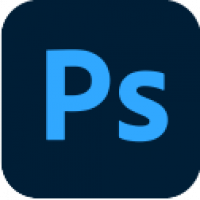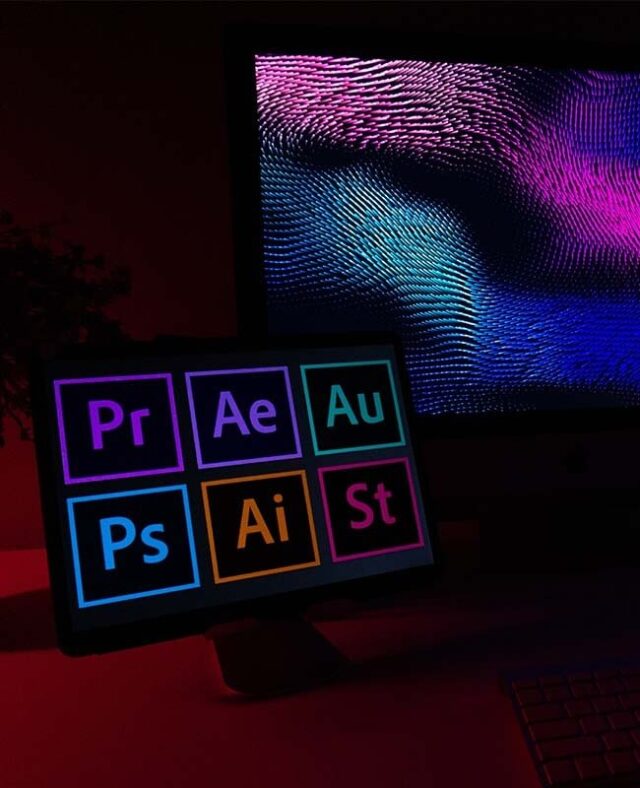3D Modelling and Texturing Courses in Pune
3D Modelling and Texturing 101
Why Study 3D Modelling and Texturing?
Many creative and entertainment businesses require 3D modelling and texturing abilities, making these courses ideal for:
- Aspiring digital artists seeking basic and advanced skills.
- Gaming and film professionals wishing to specialise or improve modelling and texturing.
- Artists and hobbyists seeking professional-quality images.
- These courses raise your employability and improve your graphic asset creation.
Key 3D Modelling & Texturing Skills
Our Pune courses cover the key 3D modelling and texturing skills:
- Learn to model complex 3D forms and structures using industry-standard tools.
- Learn to add genuine textures and features to models to make them stand out in digital contexts.
- Learn UV mapping to effectively unwrap and texture models.
- Realistic Rendering: Methods for rendering models and textures with realistic lighting and materials.
- Manage projects from start to finish with a professional workflow.
COURSE DURATION
5+1 months of portfolio and soft skill development
PROGRAM OVERVIEW
3D modeling is the process of creating a 3D representation of any surface or object by manipulating polygons, edges, and vertices in simulated 3D space. You’ve seen the results of 3D modeling in movies, animations, and video games that are filled with fantastic and imaginative creatures and structures.
3D modeling can be achieved manually with specialized 3D production software that lets an artist create and deform polygonal surfaces or by scanning real-world objects into a set of data points that can be used to represent the object digitally.
SYLLABUS
- Computer-based Animation & Getting Started with Max
- 2D Splines & Shapes& compound object
- 3D Modelling
- Keyframe Animation
- Simulation & Effects
- Lighting & Camera
- Texturing with Max
- Rendering with V-Ray
- Career prep and demo reel
- Junior 3D modeler and Texturer training
- Self-development
- Placement and program certification
COURSE FEATURES
Analytical
Technical
Creative
Soft skills &
career prep
100%
placement rate
Project-based techniques
Industry professionals
(one on one interactions)
Supervised & Unsupervised classroom & studio access
Demo
&
Lectures
Individual &
Group
projects
Extensive training library & online resources
Industry
studio
tours
Job prospects following 3D modelling and texturing
Taking a 3D modelling and texturing course can lead to intriguing careers like:
- Proficient in 3D Animation texture art, and visual effects. Artist, Game Developer, Animation Designer
- These talents are useful in cinema, television, video games, and virtual reality, making this training helpful for those interested in these professions.
- Open Verse gives you the skills, expertise, and hands-on experience you need to succeed in 3D modelling and texturing. Come to Pune to learn how to become a great digital artist who can visualise imagination.
SOFTWARE TAUGHT

3DS MAX

ZBRUSH

HOUDINI

PHOTOSHOP

MAYA
FAQ
3D modeling is essentially a virtual representation of real world objects. It focuses on creating a 3-dimensional object on the CAD software, which the computer interprets as graphs and equations. The objective is to give the object the physical properties as it would exist in the real world. For example, a proposed building may be modeled using 3D CAD. This model can be viewed from all directions and behaves like a solid object. 3D models are extensively used now for design communication and manufacturing requirements instead of 2D drawings to facilitate better understanding between the stakeholders of the design into consideration. On the contrary, rendering is all about creating an image using the 3D model and adding photo-realistic effects such as orientation and positioning of the camera, proper lighting, and backgrounds. If we make a rendering of the above object, we will have something like a photograph of the building from a particular angle. Rendering is done after modeling and includes importing the said object(s). The use of the 3D rendered image is mainly used to develop marketing materials and animations as it has more visual appeal.
An animator is an artist who creates multiple images, or frames, which give an illusion of movement when displayed in rapid sequence. 3D modeling is mainly computer graphics and is the process of developing a mathematical representation of any three-dimensional surface of an object using specialized software. But to answer your question, in order to animate your works, you would have to use Computer Animation. Computer animation, or CGI, is the process typically used for generating animated images. Breaking it down into 2 categories, it’s: Used to make computer-generated animation where it is designed solely on the computer system using animation and 3D graphics software. A computer-assisted animation where traditional animations are computerized
Some of the attributes you will need are: decent modeling or animation skills demonstrated in a showreel and/or portfolio a variety of other skills, including those that are more accessible to entry-level players. excellent communication skills the ability to show up on time and deliver work on time a lack of preciousness about your work, and a willingness to respond quickly and effectively to feedback and change requests the ability to get on with other people well in a teamwork situation an ability to learn fast and take on new skills and techniques a passion for the field deep knowledge of the field and other arts and sciences.

